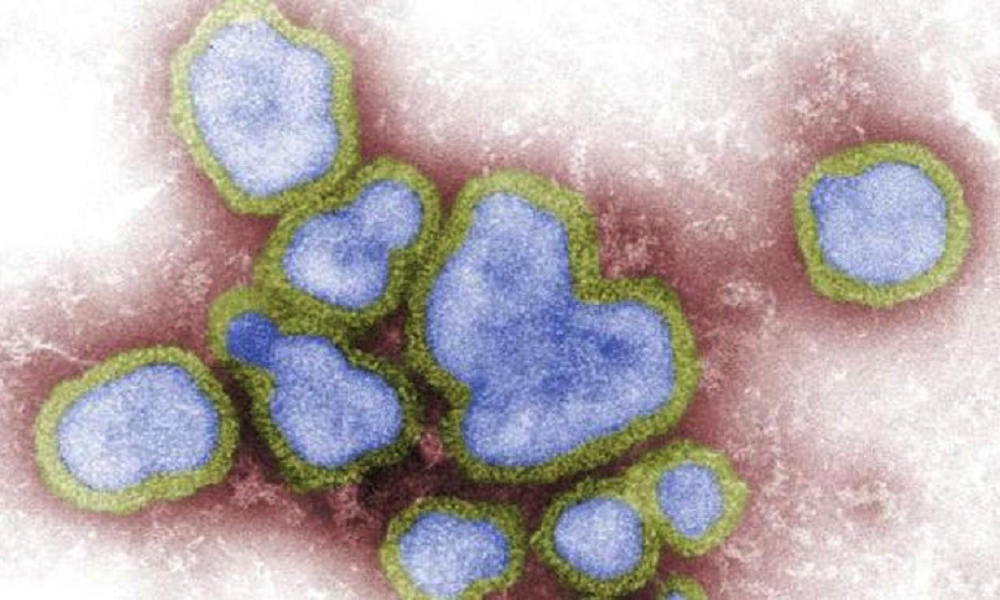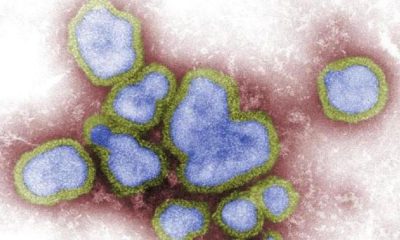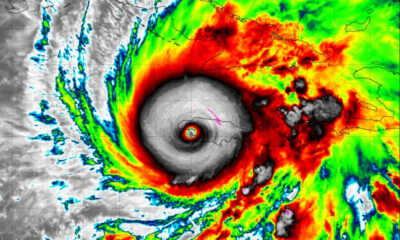Health
Child dies of H5N1 bird flu in India, marking country’s 2nd death from the virus

A 2-year-old girl has died due to H5N1 avian influenza in India, according to health officials. This is the second death reported in the country since the virus emerged.
The child, from Andhra Pradesh’s Palnadu district, was admitted to hospital on March 4 with symptoms including fever, difficulty breathing, nasal discharge, seizures, diarrhea, and reduced appetite. Despite intensive medical treatment, she died on March 16, according to a statement by the region’s health department on Wednesday.
Health officials said the child had had consumed raw meat just two days before symptoms began. A throat swab collected on March 7 initially tested positive for Influenza A, and subsequent testing by the National Institute of Virology (NIV) confirmed the presence of the H5N1 virus.
The Indian Council of Medical Research (ICMR) formally alerted state authorities on March 31 after the virus was confirmed. The Andhra Pradesh Health Department has since launched active surveillance in the affected area. As of Thursday, no additional cases have been identified, though surveillance will continue for two weeks.
The case coincides with a major avian influenza outbreak in Andhra Pradesh, where more than 540,000 birds have died or been culled since January. The virus has affected both commercial poultry farms and backyard flocks.
This marks the second confirmed human death from H5N1 in India, following the country’s first fatal case in 2021, when an 11-year-old boy died after being transferred to New Delhi for treatment.
LINK: A list of all human cases of H5N1 bird flu since 2021
The new case in India comes amid a rise in global H5N1 infections reported since 2022, following the emergence of a newer viral clade. So far in 2025, four human cases have been confirmed worldwide—all of them fatal. Three of those occurred in Cambodia and were linked to older strains of the virus.
The specific variant involved in the India case has not yet been publicly disclosed, but older clades such as 2.3.2.1c and 2.3.2.1a continue to circulate in parts of Asia.
The newer clade, 2.3.4.4b, is currently spreading widely among birds and mammals and has raised international concern due to its increasing detection in humans and its role in recent outbreaks among dairy cattle and other mammals.

-

 World3 days ago
World3 days agoEthiopian volcano erupts for first time in thousands of years
-

 Legal1 week ago
Legal1 week agoMichigan man JD Vance sentenced to 2 years for threatening Trump and JD Vance
-

 Politics1 week ago
Politics1 week agoU.S. to designate Maduro-linked Cartel de los Soles as terrorist organization
-

 Health1 week ago
Health1 week agoCambodia reports fatal H5N1 bird flu case in 22-year-old man
-

 Legal7 days ago
Legal7 days agoWoman in critical condition after being set on fire on Chicago train
-

 World7 days ago
World7 days agoHurricane Melissa registered 252 mph wind gust, breaking global record
-

 Politics1 week ago
Politics1 week agoEpstein survivors release PSA calling on Congress to release all files
-

 Legal6 days ago
Legal6 days agoSuspect in San Diego stabbing shot by authorities after fleeing into Mexico




